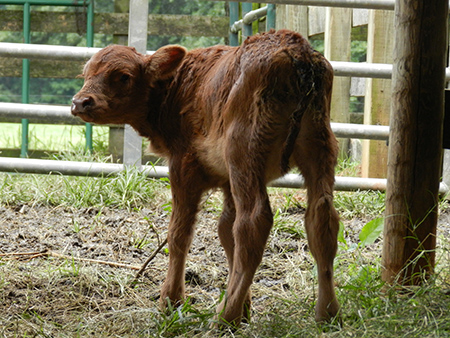This last week, the DOW Jones Industrial passed 16,000. That is up almost 150% since March of 2009. If you do not watch it almost every day, you could miss it buy 500 points or more. Some numbers change fast. When I bought my first pickup in the late 70’s, you changed oil every 3,000 miles. Today, some vehicles using synthetic oil, can go 7,500 to 15,000 miles between oil changes. Some numbers change slowly. Still, even though I know I can go 7,500 miles, it’s hard for me to exceed 5,000 miles on an oil change. If I change my oil every 7,500 miles instead of 5,000, I will only pay for 2/3 as many oil changes for the life of the vehicle. I really need to pay attention to the new numbers, and get comfortable with them, and the new numbers that come out 2-3 years from now, and the new numbers 2-3 years after that, etc.
Heifers: Your most important resource
The cattle industry is slowly entering a rebuilding phase. Recent market reports are showing that fewer heifers are going into feedlots. Pastures are improving across the Great Plains as the drought slowly recedes; South Dakota producers are planning their come back from the devastating fall snowstorm Atlas; and now is the time for all cow-calf producers to maximize replacement heifer performance by monitoring body condition score.
When to start and when do I get paid to supplement
Cow calf production is all about getting the best return from the inputs you have invested. You may be questioning when to start or how fast will protein supplements generate a return. Input costs were higher than “normal” in most areas last year due to several factors. Foremost, the drought of 2012 had a major impact on forage availability. The additional investment in protein supplements provided a nice return by improving fiber digestibility, thus helping stretch tight forage supplies. This allowed many producers to maintain their current herd size. However, herd expansion was limited due to the low forage inventory and the need to generate cash which meant selling heifers as feeders.
Got scours? Get Bio-Mos!
Calf scours cause more financial loss to cattle producers than any other health issue. It is estimated that 61% of calf deaths are caused by scours. Calf scours are not a disease per se, but a symptom of one of a great variety of noninfectious and infectious causes. Of the infectious agents, E. coli is the most common source of scours.

